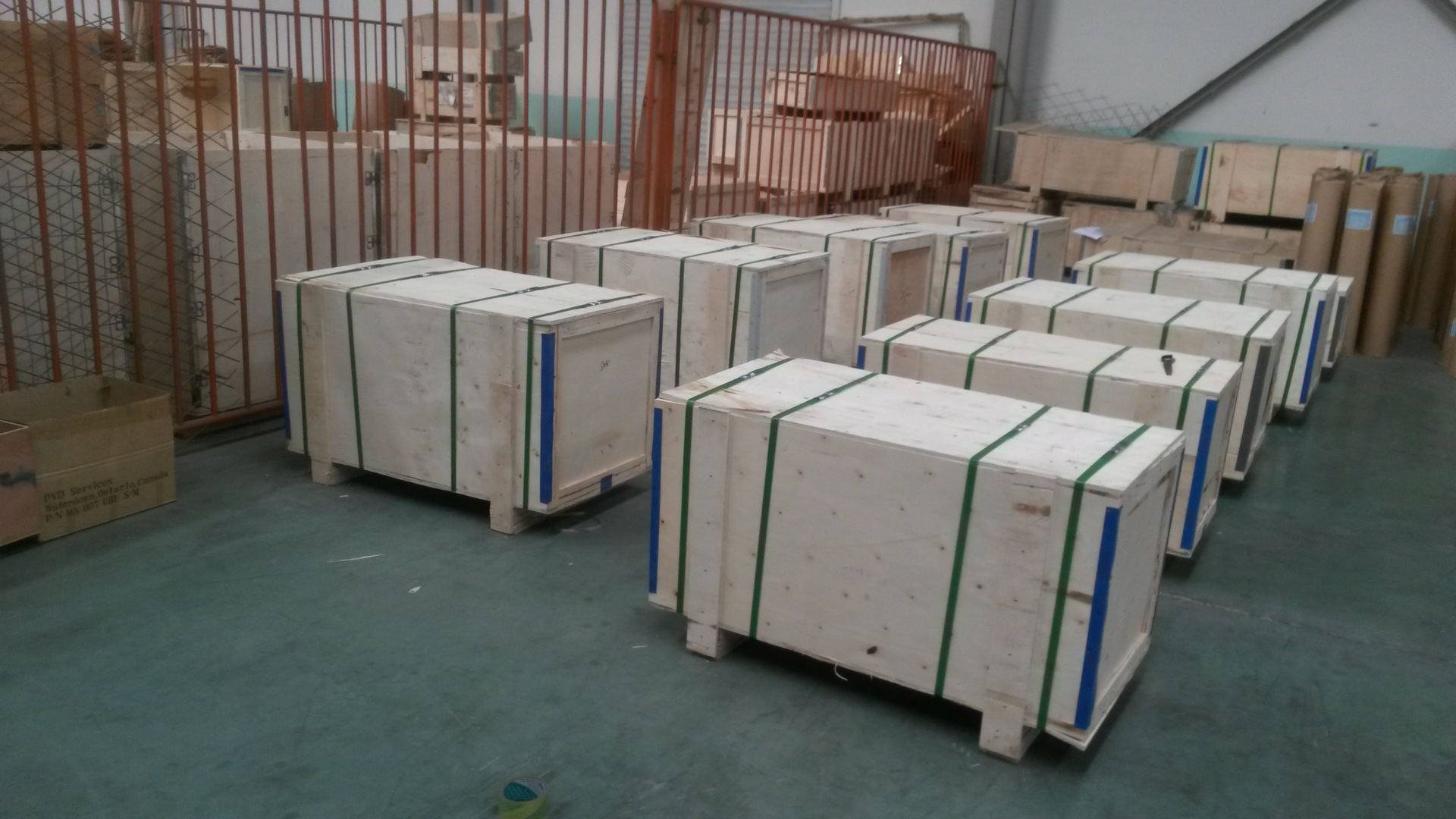feed pellet making machine
ຕ.ລ. . 20, 2024 17:00 Back to list
feed pellet making machine
Understanding the Feed Pellet Making Machine A Comprehensive Guide
In the evolving landscape of animal husbandry, the demand for high-quality animal feed has prompted the development of advanced technologies aimed at enhancing feed production efficiency. Among these innovations, the feed pellet making machine stands out as a vital tool in the feed manufacturing process. This article delves into the features, benefits, and operational principles of feed pellet making machines, highlighting their importance in modern agriculture.
What is a Feed Pellet Making Machine?
A feed pellet making machine, also known as a pellet mill, is a piece of equipment that processes raw feed ingredients into compact, cylindrical pellets. These machines utilize mechanical pressure and temperature to transform various raw materials, such as grains, legumes, and additives, into pellets that are easier to handle, store, and feed to livestock. The pellets produced are nutritionally dense and have an extended shelf life compared to loose feed.
Key Features
1. Pellet Size and Shape Feed pellet making machines can produce pellets of various diameters and lengths, catering to the specific nutritional needs of different livestock species. Adjustable die plates and rollers allow manufacturers to create customized pellet sizes.
2. High Efficiency Modern machines are designed to operate at high capacities, producing large quantities of pellets in a short amount of time. This efficiency is crucial for commercial feed manufacturers who must meet growing demands.
3. Durability and Reliability Quality feed pellet making machines are built with robust materials that endure the wear and tear of continuous operation. Reliable machines reduce downtime and maintenance costs, ensuring a steady production flow.
4. Energy Consumption Innovative machines are engineered to optimize energy consumption, making them more environmentally friendly and cost-effective over time. They utilize advanced motors and efficient designs that help minimize power usage.
Benefits of Using Feed Pellet Making Machines
1. Enhanced Nutritional Value By compressing feed ingredients into pellets, the machine increases the density of the nutrients, making it easier for animals to consume and digest them efficiently. This leads to improved growth rates and feed conversion ratios.
2. Reduction of Waste Loose feed can result in significant waste due to spillage and selective feeding by animals. Pellets provide a complete nutrition package that encourages animals to consume the entire feed, reducing waste and promoting better health.
feed pellet making machine

3. Improved Animal Health The uniformity and consistency of pellets ensure that livestock receive the correct amount of nutrients every feeding session. This accuracy helps to prevent nutritional deficiencies and supports overall animal well-being.
4. Convenience in Storage and Transport Pellets occupy less space than bulk feed and are easier to handle. Their compact nature allows for simpler storage and transport logistics, making them ideal for large-scale operations.
Operational Principles
The operation of a feed pellet making machine involves several crucial steps
1. Raw Material Preparation Ingredients are ground to a specific particle size, which facilitates better mixing and pelleting. The ideal size will depend upon the type of feed and the machine specifications.
2. Mixing The ground ingredients are then mixed thoroughly with additives, vitamins, and minerals to ensure uniform nutrition across the feed.
3. Conditioning Prior to pelleting, the mixed feed is conditioned with steam and/or moisture. This process helps to soften the material and activates the natural binders, improving pellet quality.
4. Pelleting The conditioned mixture is fed into the pellet mill, where it is forced through a die under high pressure. As the material exits the die, it is cut into pellets of the desired length.
5. Cooling Finally, the hot pellets are cooled to preserve their shape and quality. Cooling helps harden the pellets, reduces moisture content, and enhances shelf stability.
Conclusion
The feed pellet making machine represents a crucial advancement in the production of high-quality animal feed. With its ability to enhance feed efficiency, reduce waste, and improve animal health, it has become an indispensable tool in modern agriculture. As producers strive to meet increasing demands for sustainable and nutritious livestock feed, the role of technology, encapsulated in machines like these, will continue to grow in importance. Investing in a reliable feed pellet making machine can ultimately lead to improved productivity and profitability in animal farming operations.
-
High Performance Exhaust Fan – Efficient Ventilation Solutions for Home
NewsJun.10,2025
-
High-Quality Gestation Pen for Sows Durable Mobile Pig Pen & Simple Pig Pen Solutions
NewsJun.10,2025
-
High Quality Rabbit Cage Double Tier Designs & Welded Wire Mesh Supplier
NewsJun.10,2025
-
Floating Fish Feed Machine - High Efficiency Floating Fish Feed Extruder for Small Scale Production
NewsJun.10,2025
-
Premium Poultry Housing Solutions Mobile & Commercial Free Range Options
NewsJun.10,2025
-
Industrial FRP Fans Corrosion-Resistant Blades & Centrifugal Systems
NewsJun.09,2025






